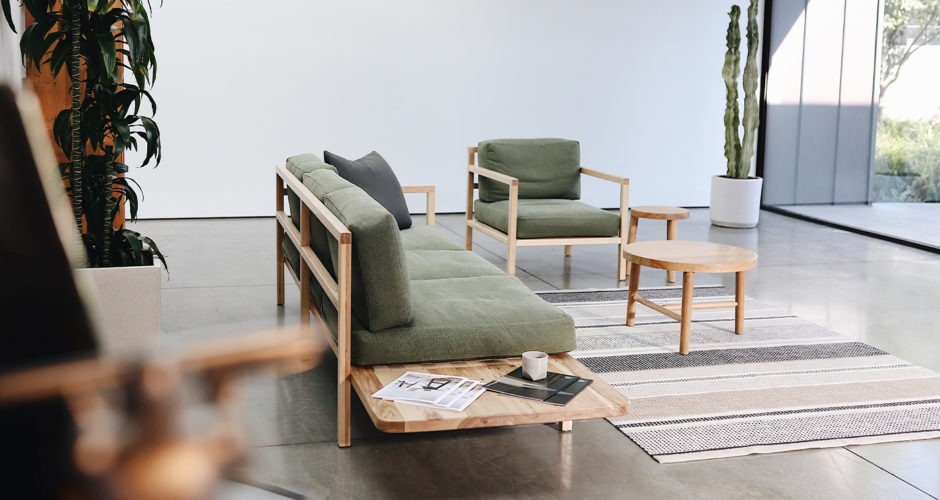
FF&E Funding Program
August 3, 2018 |David Graf
One of the elements of a building project that usually gets “axed” first is the furniture.

This is a shame, because the attractiveness of a new building can be greatly diminished when old furniture or no furniture is used. Even if the old furniture is still in decent shape, its design and color can often limit a design committee and negatively impact the overall appearance of a building. The reason why the furniture is the first to go is logical – furniture can be purchased at a later date, whereas the main elements of a building must be completed during construction. The sad reality, though, is that the new furniture rarely is purchased because there is always a greater need.
How’s this for a way to tackle this challenge? Have your design committee establish a list of furniture needs that don’t fall within available funding for the building project. Make sure that the list is complete with very specific pieces of furniture, etc. and very specific prices for each piece. This should include everything from simple items like clocks for classrooms to couches and tables for fellowship areas.
Next, you should make several “catalogues” in which you list the items, preferably with color pictures of the actual items, their individual prices, and the quantity needed of each. Then, take self-adhesive plain white mailing labels (the kind you can run through a printer) and put one item and its price (and if you’re really adventurous, a picture of the item, too) on each label (this means that, if you decide you need 10 teacher’s podiums for your Sunday School classrooms, you will have 10 individual labels that each look the same). When you are finished you will probably have many pages of labels, so you’ll want to collate them into a product notebook or some sort of binder.
The other materials needed are blank index cards, envelopes, and a slotted box to collect these materials. Place all of this in a high-traffic area like your foyer and you are ready to go.
Here’s how this works. The best time to present this program is when your building is very close to completion. At that stage, your congregation will be filled with the anticipation of moving in and they will be anxious to see it well-equipped. Make a series of announcements explaining that, while the funds are available to complete the building, your desire is to see the building equipped with nice furniture, etc. for which you do not have the money. Then explain that you have created a detailed wish list of items that the congregation can help purchase. You will probably want to explain that the prices of these items range from very little (the clocks, for example) to significant amounts. With small ticket items on the list, you will create an opportunity for kids and even adults with limited resources to feel like they are participating. Then, over the course of several weeks, encourage people to purchase specific items by peeling the product labels out of the product notebook and placing them on the index cards (they can put multiple items on the cards if they’ll fit). Once they have placed the labels of everything they want to purchase on the card(s), they should place these in an envelope along with payment for the items (checks or cash, especially if they want to remain anonymous) and then place the envelopes in the collection box. As you collect the cards and money, it is very important that you purchase the specific items that they have selected.
We did this in my church and it was very well received. People get excited when they feel as if they are purchasing specific items that they care about. They will actually be able to see those items each week in their new church building and it will give them a sense of accomplishment beyond what donating toward a huge construction budget may provide them. For those who like to shop, this is a great program, as they can pick the items that they really like, and pass on those they don’t.
If you decide to implement this program there are a couple of things to keep in mind. First, anything that is a necessity to purchase should be accomplished through the regular building funding. If you include a necessity in this program, you run the risk of it not being funded. Also, carefully consider the impact of only a small quantity of items being purchased out of a large quantity that you may desire and have a contingency plan. For example, my church wanted to purchase about six café tables with four matching chairs for each. While many people purchased these items, we had reserved some building project money to complete the set if we came up short, as it would have looked bad if our café area had mismatched furniture or not enough to fill the need. As people provided for this furniture, we were then able to shift our contingency funds to other furniture needs.

Dave Graf
Vice President for Lending
